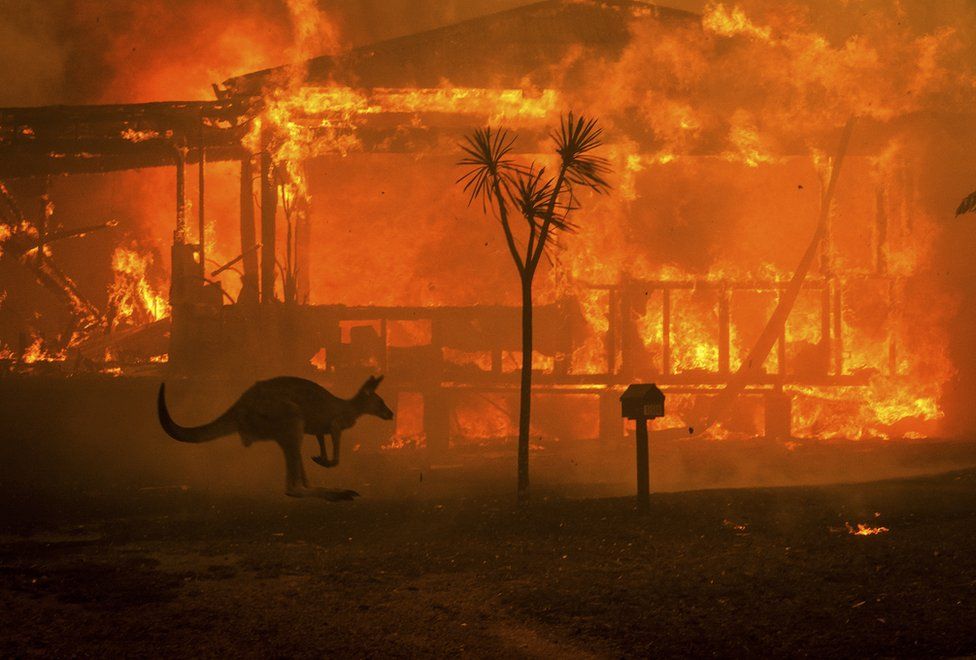Beyond Conformity: Enhancing Property Safety And Security with a Thorough BAL Report Evaluation
Beyond Conformity: Enhancing Property Safety And Security with a Thorough BAL Report Evaluation
Blog Article
Value of BAL Report in Ensuring Bush Fire Protection
In the realm of bushfire security, the value of a Bushfire Strike Level (BAL) report can not be overstated. This essential file functions as a foundational tool in assessing the possible danger a residential property may face throughout a bushfire and plays a critical role in identifying the needed safety actions to guard properties and lives (BAL Report). The real worth of a BAL record expands beyond a plain assessment; it acts as an assisting light for home proprietors and authorities alike, providing insights into boosting residential property strength and making sure effective fire protection.
Understanding Bushfire Strike Levels
The comprehension of Bushfire Strike Levels is essential for analyzing the potential danger and influence of bushfires on a building. Bushfire Assault Levels (BAL) are a means of gauging the extent of a structure's prospective direct exposure to ember strike, radiant warm, and straight fire contact in a bushfire. Understanding the different BAL classifications is necessary for property owners, architects, and home builders in designing and constructing buildings that are much more durable to bushfires.
By comprehending these levels, home proprietors can make educated choices regarding bushfire protection steps, such as mounting cinder guards, using fireproof structure materials, and keeping clear defensible area around the residential or commercial property (BAL Report). On the whole, a thorough understanding of Bushfire Attack Degrees is crucial for efficient bushfire planning and protection.
Assessing Residential Or Commercial Property Threat Degrees
After comprehending the implications of Bushfire Assault Degrees, the following important action is examining the risk degrees connected with private residential or commercial properties. Assessing property danger degrees involves a thorough assessment of numerous elements that can affect the susceptibility of a property to bushfires. These elements include the closeness of the building to bushland or vegetation, the type and condition of bordering vegetation, the slope and facet of the land, dominating weather, and the existence of flammable materials near the building.
Residential or commercial property danger analyses are necessary in determining the level of bushfire protection procedures that need to be applied to secure the residential property and its occupants. By precisely examining the danger degrees, homeowner can make informed decisions relating to bushfire prevention techniques, such as greenery administration, developing style modifications, and the setup of fireproof materials. In addition, building threat assessments play an important duty in the advancement of emergency response plans and emptying procedures in the occasion of a bushfire.
Carrying Out Safety Measures
Upon completing home threat assessments, the following crucial stage involves the application of protective procedures to boost bushfire defense. Implementing click here for info protective procedures is essential for guarding properties and guaranteeing the security of people during bushfire events.
Regular maintenance of protective procedures is similarly vital to ensure their effectiveness during a bushfire. This includes routinely checking and fixing ember guards, conducting vegetation management to decrease fuel loads, and testing firefighting devices such as pumps and hoses. By diligently implementing and maintaining these protective measures, homeowner can considerably enhance their durability to bushfires and minimize potential damages and loss.

Enhancing Home Strength
Enhancing residential or commercial property durability against bushfires rests on the proactive application and upkeep of safety steps targeted at strengthening defenses and reducing prospective threats. Building owners can enhance resilience by producing and keeping defensible spaces around their properties. This includes routinely removing dry plants, preserving a well-irrigated yard, and having a strategic layout that reduces the risk of fire spread. Furthermore, setting up ash guards on vents and home windows, making use of fireproof building materials, and making sure appropriate maintenance of roofings and gutters can considerably boost a property's capacity to hold up against a bushfire.
Residential or commercial property proprietors ought to create and practice a bushfire emergency strategy, conduct routine fire drills, and ensure all homeowners know exactly how to react in instance of a bushfire. By taking positive procedures, residential or commercial property owners can dramatically increase the strength of their buildings versus the risk of bushfires.

Making Certain Effective Fire Security
Executing durable fire security procedures is vital for guarding properties against the destructive impact of bushfires. Furthermore, setting up fire-resistant materials on the residential property, such as fire-resistant roofing and ember-proof screens on home windows, can substantially you can check here decrease the threat of fire damages.
Additionally, having an emergency feedback plan in position is crucial for guaranteeing efficient fire defense. This strategy needs to lay out discharge procedures, communication protocols, and designated conference factors for residents. Regular training and drills need to likewise be carried out to ensure that all locals are prepared to respond quickly and securely in case of a bushfire.
Verdict
In conclusion, the BAL report plays an important function in guaranteeing effective bushfire protection by examining property threat levels, executing protective measures, and improving home durability. Comprehending Bushfire Attack Degrees is important in figuring out the degree of risk a residential property deals with throughout a bushfire. By following the recommendations detailed in the BAL report, residential or commercial property owners can much better prepare for bushfires and lessen prospective damage. Eventually, the BAL record is a useful tool in safeguarding buildings against bushfire hazards.
By understanding these levels, building proprietors can make informed choices regarding bushfire defense procedures, such as mounting cinder guards, using fire-resistant structure materials, and keeping clear defensible area around the building. Analyzing residential or commercial property risk levels entails a comprehensive examination of numerous aspects that can influence the susceptibility of a building to bushfires.Home risk assessments are crucial in establishing the degree of bushfire security measures that require to be executed to protect the residential or commercial property go to my site and its occupants. By taking aggressive measures, home owners can significantly enhance the durability of their homes against the hazard of bushfires.
In conclusion, the BAL record plays an essential duty in guaranteeing effective bushfire defense by analyzing building risk degrees, executing protective procedures, and boosting home strength. (BAL Report)
Report this page